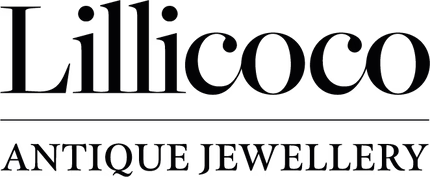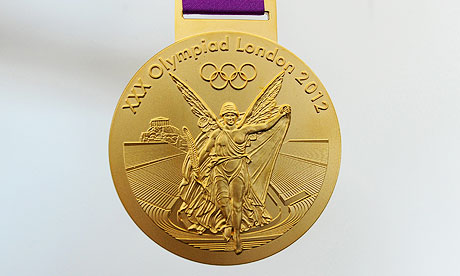No other precious metal has been valued throughout human civilisation across the ages as much as gold. From its cultural significance to its use as a currency and a conductor of electricity, gold has had a long and storied history—and it continues to be coveted to this day.
In this guide, we’ll look into the nature of gold, give an overview of its history and lore, and what to keep in mind when buying and maintaining gold jewellery.
What is Gold?
Gold is a metallic yellow chemical element. It is common for it to appear in its pure form in nature, showing up as grains or nuggets. However, it is a rare precious metal. It is able to withstand most acids that would dissolve silver and base metals.
It does not corrode, rust or tarnish. It is also very malleable and can be mixed with other metals through alloying. Along with its natural lustre and aesthetically pleasing colour, all these characteristics combined make gold one of the most popular and sought after naturally occurring substances on earth.
Types of Gold
Gold is known for its naturally deep yellow shine. There are colour variations that are results of alloying gold with different kinds of metals to different degrees.
1. Yellow Gold
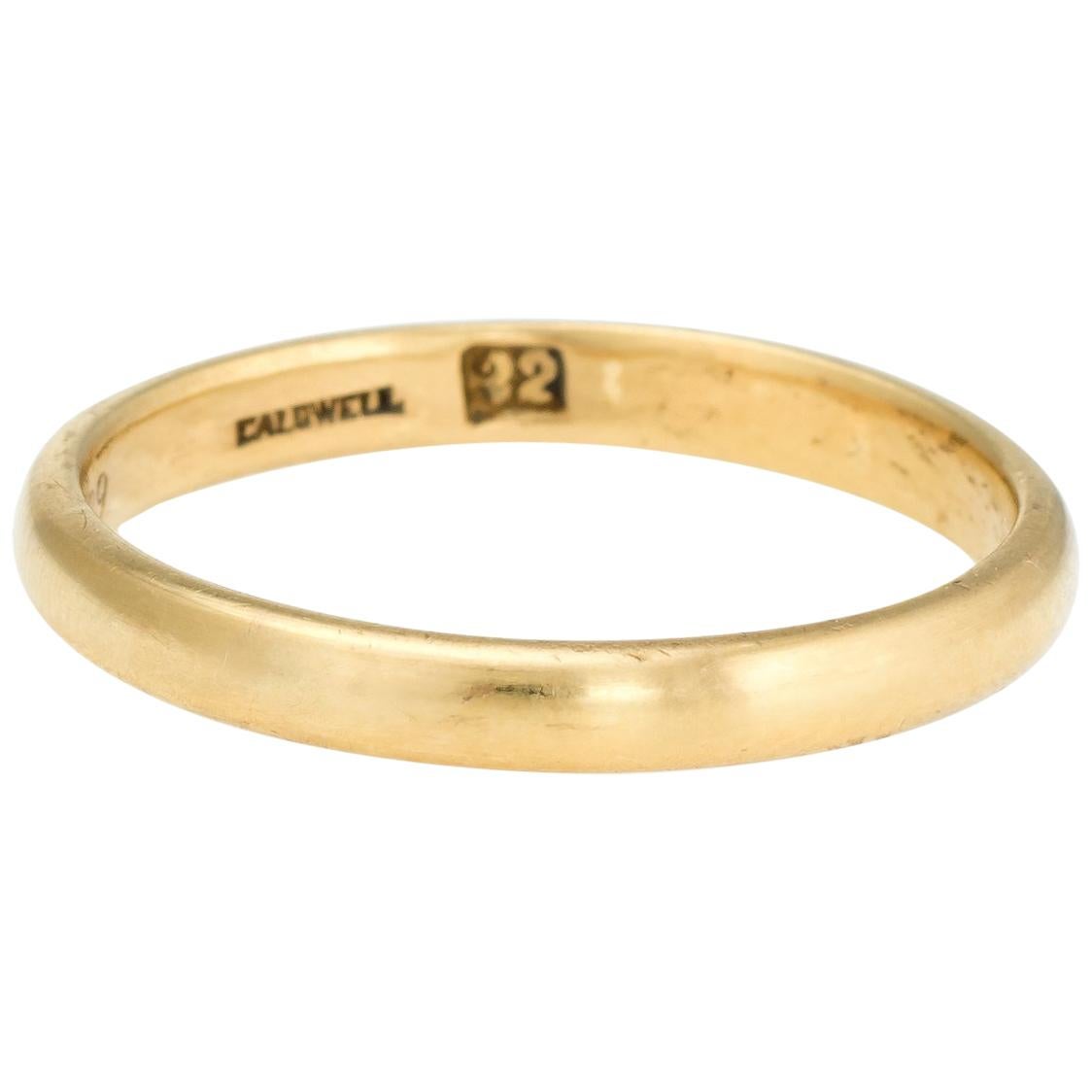
- A mixture of pure gold, silver, copper, and zinc
- Most hypo-allergenic kind of gold and needs the least maintenance
2. White Gold
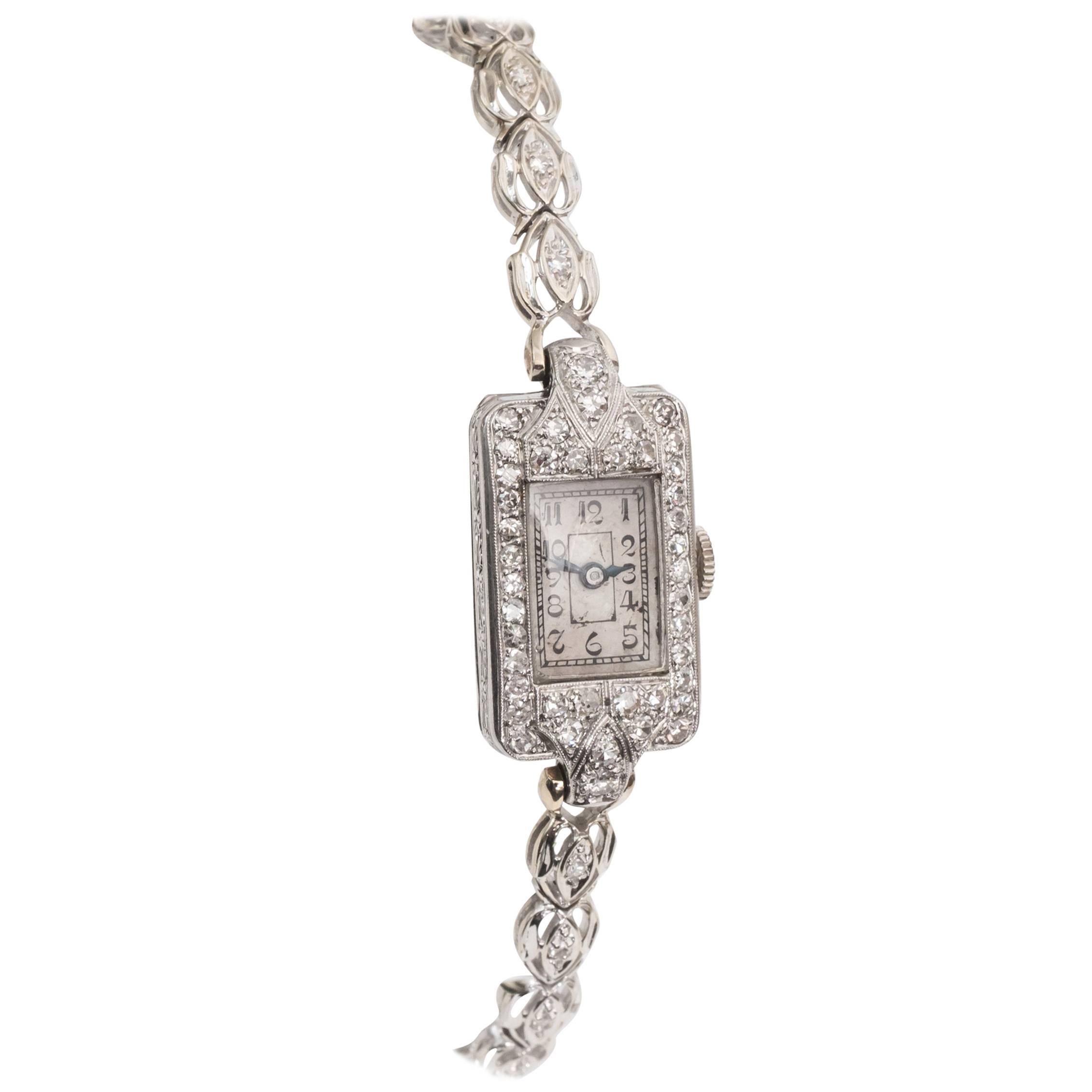
- Pure gold alloyed with silver and either platinum or palladium
- Nickel can also be used for a harder piece of jewellery, but it can be an allergen
- Platinum or palladium-alloyed white gold, rhodium plating makes it more durable and scratch-resistant
3. Rose Gold
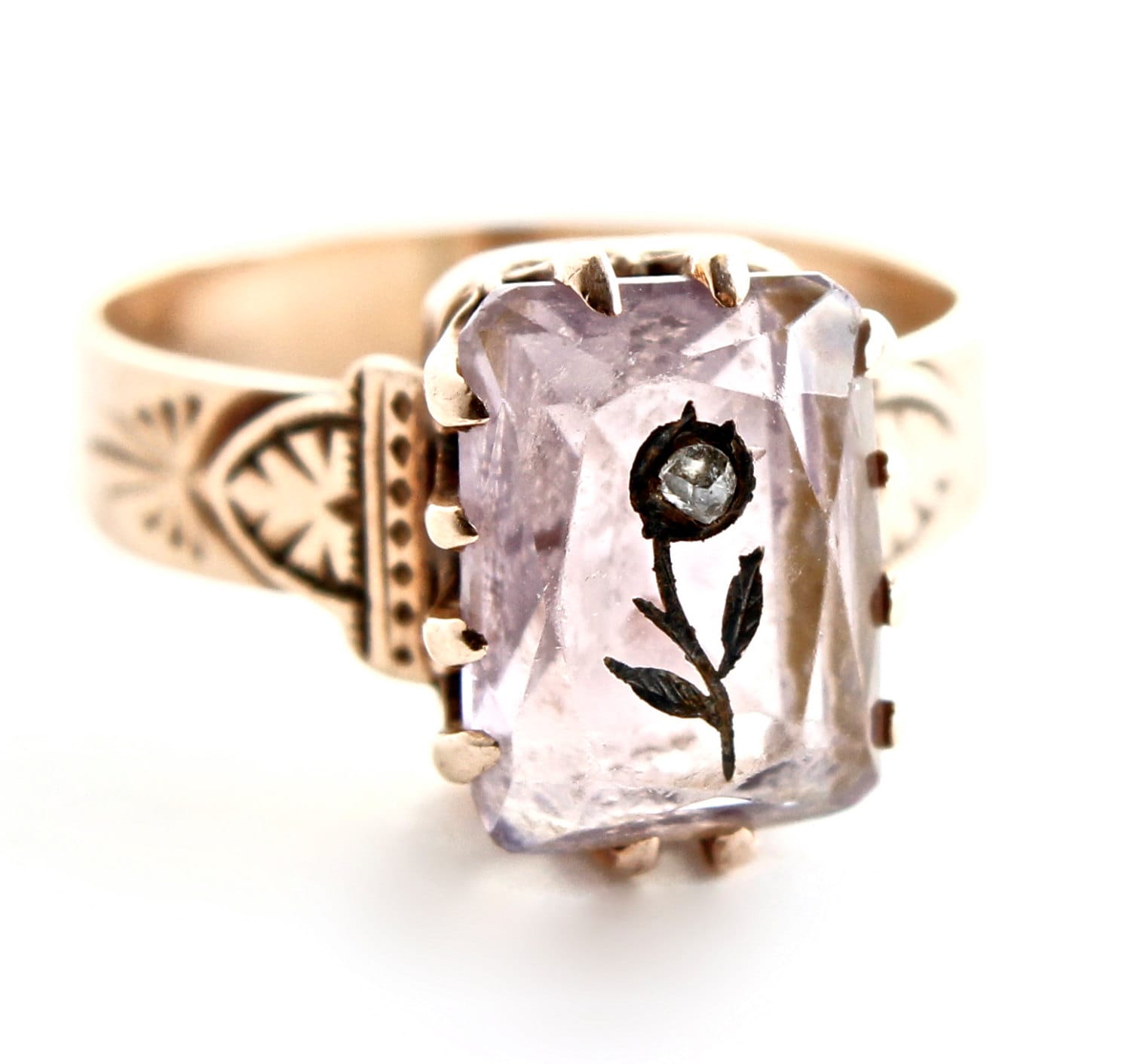
- Greater presence of copper in the alloy
- More affordable because copper is a common metal
- More durable than other gold types
4. Other Gold Variants

- Red gold is basically rose gold with even more copper in its alloy
- Green gold has a high proportion of greenish silver
- Black gold can be made by mixing yellow gold with cobalt or with black rhodium plating
- Blue and purple variants that are results of iron and aluminium oxidation, respectively
The History and Significance of Gold
As early as the 4th millennium B.C., gold was used to craft ornaments in the Middle East and the Balkans. Menes, the father of Egypt’s Pharaonic dynasties, made the first recorded value assignment of gold in 3100 B.C. He attributed one part of gold to be equal to two and a half parts of silver in his code.
The ancient Greeks used it as money, with the earliest recorded use going as far back as 700 B.C. by Lydian merchants.
The indigenous peoples of Central and South America enjoyed an abundance of gold. Europe’s plunder of Mesoamerican civilisations in the 15th and 16th centuries helped pave the bloody path for European economic success.

The discovery of gold in Russia, Australia, and California in the United States fuelled 19th century gold rushes. Gold became the standard for paper currency of industrialised nations around this time right up until the 1970s.
South Africa’s popularity as a gold-mining location started in 1886 with the discovery of the Witwatersrand, a plateau along what we now know as Johannesburg.
Today, gold is predominantly mined in South Africa, Russia, the United States, and Australia. Altogether, collectively they account for over two-thirds of gold mined around the world every year, China is the biggest producer in modern times, having mined 440 tonnes of gold in 2017.
Gold remains a symbol of affluence, excellence, and power. The highest awards in the realms of science, art, and athletics are often made or decorated with gold.
Buying Gold Jewellery
As you would expect, the value of gold jewellery is partly influenced by with how much pure gold there is in a piece. Caratage of gold purity is then measured, with 24 carat (ct) gold considered its purest. The lower the number, the lesser the amount of gold there is in the alloy. For example, 18ct gold is made up of 75% gold and 25% of other metals.
Fine gold jewellery is around the 14ct to 18ct range of purity. Meanwhile, 24ct gold is reserved for making gold bars and coins to be used as monetary investments. In the UK, the minimum standard for gold jewellery to be considered as such is 9 carats.


Hallmarking is the legally enforced system of labelling gold purity in the UK. Gold jewellery should have a sponsor’s mark (identifying the maker), a fineness mark (describing the purity), and an assay office mark (showing it’s been assessed by a licensed, third-party tester). These markings are found on an inconspicuous part of gold jewellery.
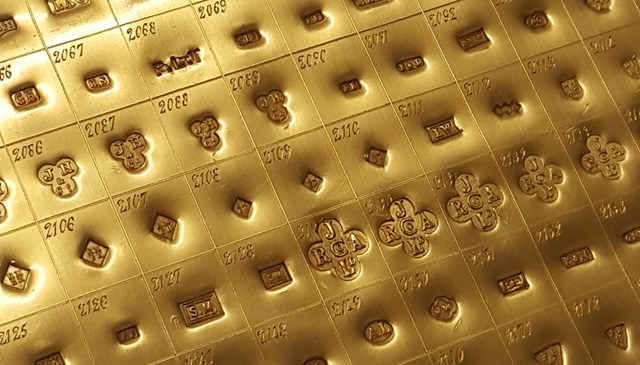
Gold-coated Jewellery
Trustworthy retailers should be able to distinguish gold-coated jewellery. These are pieces that only have a coating of gold applied to a different base metal. Let’s look at each type in turn.
1. Gold Plated

- A thin layer of at least 10ct gold electrically bonded to brass or stainless steel
- Gold wears off with use and time
- Stamped with GP, G.P., GEP, G.E.P.
2. Rolled Gold Plated

- A slightly thicker layer of at least 10ct gold heated and overlaid on brass, stainless steel or copper
- More durable than gold plating
- Stamped with RGP, R.G.P., GO, G.O.
3. Rolled Gold

- Thin layers of gold heat-bonded on silver, copper, or brass rolled out into sheets
- Gold must weight at least 5% of the piece’s total weight
- Gold layer doesn’t wear and is hypoallergenic
- Can be stamped with “RG”
4. Gold Filled
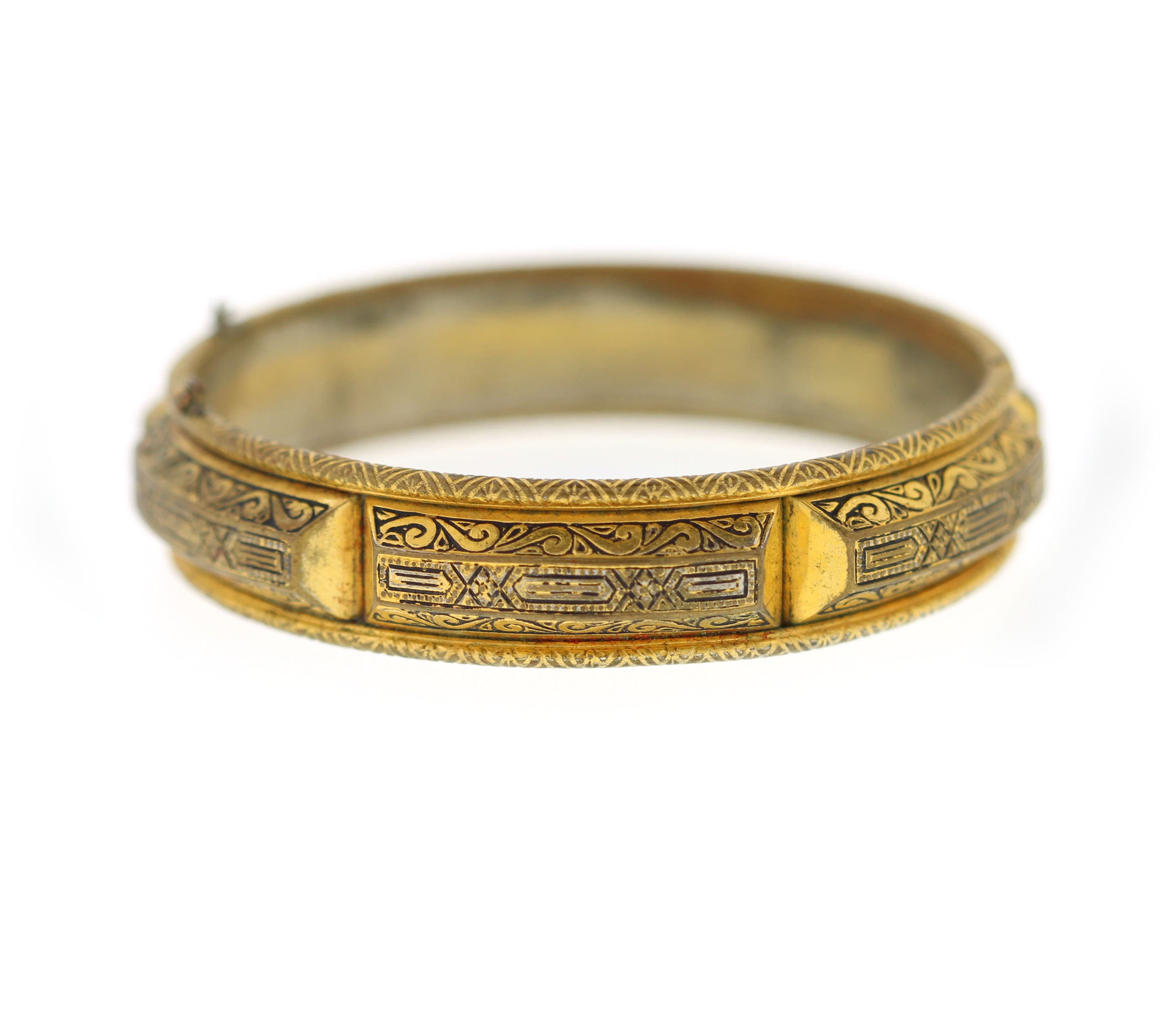
- A layer of at least 10ct gold heat-bonded to brass or copper
- Gold must weigh at least 5% of the piece’s total weight
- Gold layer doesn’t wear with reasonable care
- Can be stamped with “GF” or “G.F.”
5. Gold Cased

- A thick layer of 9ct gold electroplated on a base metal
- Must pass the nitric acid test
- Gold layer is hardwearing
6. Vermeil

- A 1.5 micron thick layer of at least 10ct gold bonded via electrolysis to a sterling silver base
- Thicker gold layer than gold plating
- Gold wears off with use and time
- Usually hallmarked with 925
7. Bloomed Gold
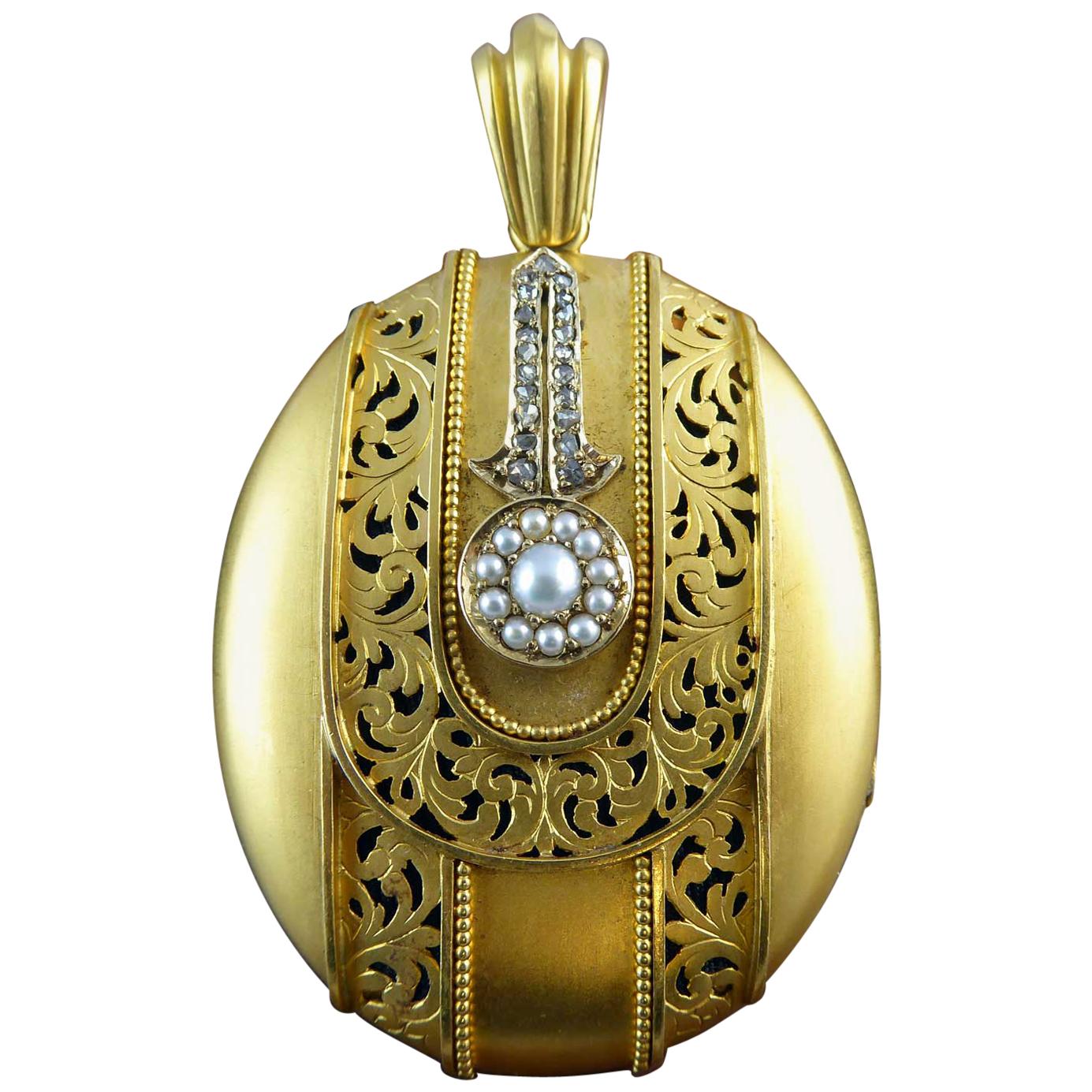
- A thin layer of alloy-free, soft pure gold bonded to a gold item via acid immersion
- Acid creates microscopic pits that result in a matte sheen
- Popular in 1870-1890
8. Pinchbeck
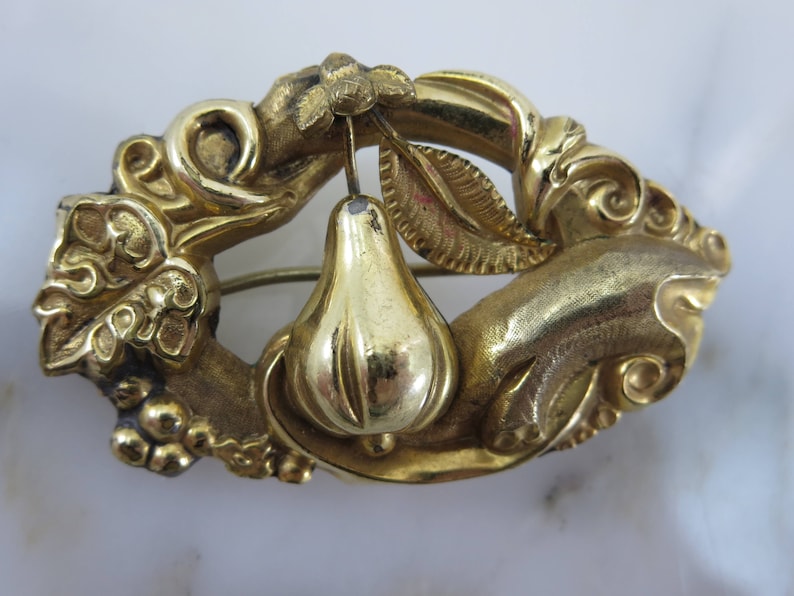

- A yellow metal alloy made from copper and zinc resembling gold
- Pinchbeck jewellery was not made after the 1840s
- Noticeable wear and tear due to copper base
Maintaining Gold Jewellery
Retaining your gold jewellery requires just a bit of care and attention:
- Remove it before bathing, swimming, and cleaning to avoid exposure to harmful chemicals
- Wear high-carat gold jewellery only for special occasions to avoid damage
- Store pieces separately; cover them in cloth if you don’t have dedicated jewellery cases
- Keep gold chains untangled when storing them
- Buff gold jewellery occasionally with a thin piece of soft cloth to prevent build-up of oil, dust, and grime
Once every three months, deep clean gold jewellery by soaking it in Gold-cleaning solution. Ensure the cleaning solution is safe for whatever precious stones there may be on your piece. Then, use a cotton bud or a soft brush when dealing with intricate patterns. Lastly, rinse with warm water and pat it dry with a soft cloth.
At Lillicoco, we have a fabulous collection of vintage gold jewellery on offer, from the Georgian and Victorian periods through to our range of stunning Art Nouveau and Art Deco pieces.




